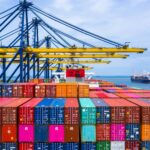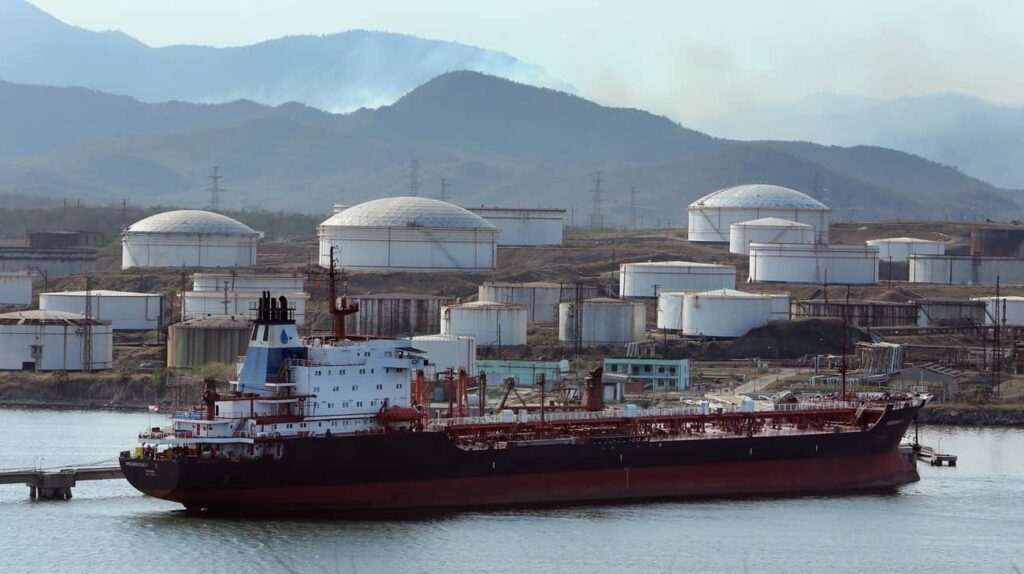Global Container Market to 2024: How Leading Companies Are Overcoming the Challenges

USM analyzed the financial performance of leading shipping companies for the first six months of 2024.
In 2024, international shipping continues to face serious challenges. The main difficulties for the market are caused by fluctuating demand for container transportation, rising fuel costs and, above all, the protracted crisis in the Red Sea.
How the situation on the global container market has changed since the beginning of this year, read in the article.
Maersk
One of the world leaders in the field of container transportation is the Danish company Maersk. The first 6 months of 2024 were an ordeal for the carrier. The reason for this is the global economic crisis and the growing threats to civil shipping. First of all, we are talking about the shelling of ships in the Red Sea by the Yemeni Houthis, the aggravation of the situation in the South China Sea, and the activation of piracy in the Indian Ocean.
So, Maersk’s revenue in the first half of 2024 was approximately $25.5 billion. This is stated on the company’s website.
This indicator is almost twice as low compared to the same period in 2023, when the turnover amounted to about 43.7 billion dollars. The reason for this was a significant drop in freight rates in the first quarter and, ultimately, a decrease in the volume of transported containers.
The fact is that the market faced a significant capacity overload. Shipping companies continued to commission new vessels, despite the slowdown in demand. This led to increased competition among carriers and, as a result, to lower freight rates. At the same time, seasonal weakness of the market was observed at the beginning of the year, which also contributed to the drop in demand for container transportation.
However, in the second quarter, demand for logistics services picked up somewhat. An important factor in this was the growth of retail sales, especially in the e-commerce sector, which stimulated an increase in transportation volumes. In addition, consumers who postponed purchases at the beginning of the year began to order goods more actively.
In the first quarter of 2024, Maersk’s EBIT (earnings before interest and taxes) margin was just 1.4%. This was caused by low freight rates and rising fuel costs. However, in the second quarter, the shipping giant was able to significantly improve its performance, achieving an EBIT margin of 7.5%.
On the back of improved results in the second quarter, Maersk raised its full-year 2024 outlook, expecting further growth in operating margins. However, given the possible risks in the market, the company still remains quite cautious with making coclusions too soon.
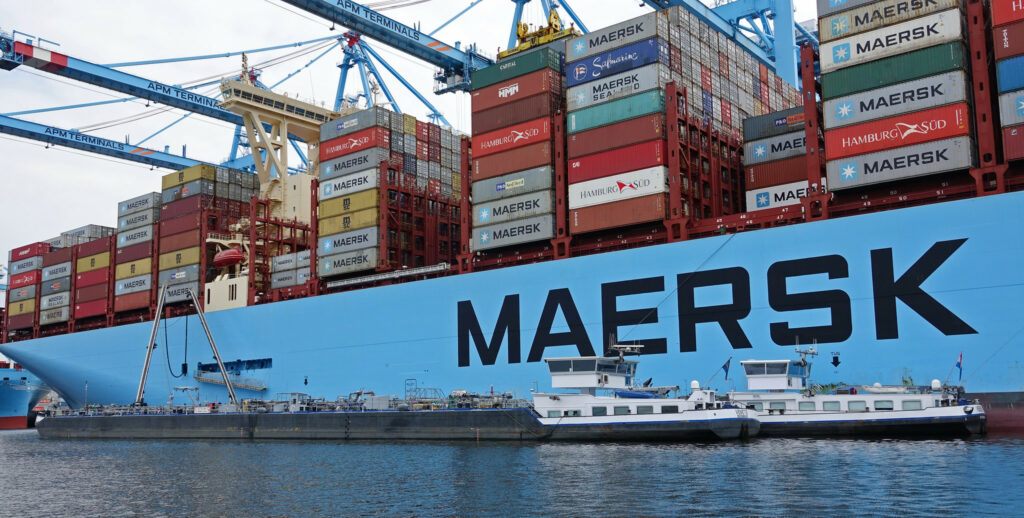
CMA CGM Group
In its turn, French shipping company CMA CGM announced “high performance” in the second quarter of 2024. According to the official statement, the company’s revenues increased by 6.8% to 13.1 billion dollars.
“Against the background of steady demand, our group performed well in the second quarter – due to the dynamic transport business and the growth of the logistics component,” commented Rodolphe Saade, CEO of CMA CGM. “We were able to adapt by reallocating capacity in response to operational challenges caused by major disruptions on major shipping routes.”
However, insiders say that in some indicators of the group, things are not so good. Thus, EBITDA fell by 4.3% to $2.47 billion, and net profit decreased by $670 million to $661 million. However, the volume of transportation, by analogy with Maersk, increased by 6.8% to 6 million TEU.
Revenues in the field of sea transportation amounted to 8.29 billion dollars, which is 0.8% less than last year. The EBITDA indicator of this area was 2.5 billion dollars — a drop of 4.3%. While the EBITDA margin fell by 2.2 points and amounted to 32.9%. The average revenue for the transportation of one container was $1,385, which is 7.1% less than a year ago.
On the other hand, logistics revenues, previously provided by the subsidiary CEVA Logistics, increased after the acquisition of Bolloré and also thanks to the development of contract logistics. Revenue from logistics was $4.79 billion, and EBITDA was $450 million, which is 28.8% more than in the same period last year.
However, a company source told French publication “The Loadstar” that Ceva never brought much profit to CMA CGM and the integration of Bolloré proved painful for staff who were forced to fight for jobs.
CMA CGM said that the difficulties are only due to the fact that global trade is hindered by geopolitical tensions, “creating logistical problems in certain regions”. Probably, we are talking about attacks by Yemeni Houthis on civilian vessels in the Red Sea.
It will be recalled that since November 2023, the Yemeni Houthis have carried out about 30 attacks on civilian vessels in the Red Sea and the Gulf of Aden. These attacks included the use of rockets, as well as aerial and surface drones. Militant attacks have severely affected global maritime trade, forcing ship owners to seek alternative routes around Africa.
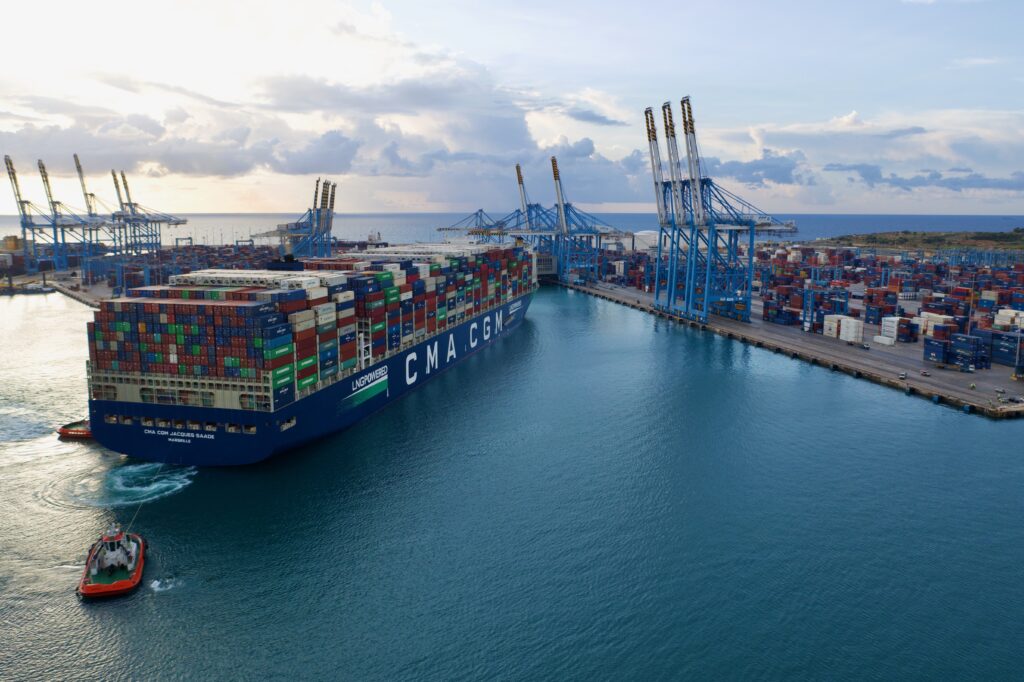
Hapag-Lloyd
Germany’s Hapag-Lloyd ended the first half of 2024 with an EBITDA of $2 billion. The group’s EBIT fell to $0.9 billion and profit fell to $0.8 billion, the company reported in its financial report.
Given the significant change in market conditions since the end of the COVID-19 pandemic, these results are significantly lower than the previous year, but they also exceed initial expectations due to increased demand and rising spot rates in the second quarter of 2024. .
In the segment of liner transportation, volumes increased by 5% compared to the same period last year to 6.1 million TEU (in the first half of 2023: 5.8 million TEU). EBITDA fell to $1.9 billion and EBIT fell to $0.8 billion. Segment revenues fell 14% to $9.3 billion, in particular due to a drop in the average freight rate to $1,391.
The Terminals and Infrastructure segment achieved a significant increase in earnings in the first half of 2024, thanks in particular to the stakes acquired in the previous year. EBITDA increased to $71 million, and EBIT to $33 million. As the segment was established in the second half of 2023, the results for the first half of 2024 are only to a limited extent comparable to the previous year.
“Even though we were unable to match the exceptionally good performance of the previous year, we delivered a very good first half of 2024 thanks to strong demand and better spot rates. We have added several new vessels to our fleet, which has helped us to meet additional requirements amid security challenges in the Red Sea and rerouting vessels around the Cape of Good Hope,” said Rolf Habben Jansen, CEO of Hapag-Lloyd AG.
At the same time, the company made progress in decarbonizing the fleet and building new terminals under the Hanseatic Global Terminals brand.
Given the fact that demand and freight rates have recently exceeded expectations, the Executive Board has raised its forecast for the current financial year. Group EBITDA is expected to be between $3.5 billion and $4.6 billion, while Hapag-Lloyd’s EBIT is expected to be in the range of $1.3 billion to $2.4 billion. However, given the unstable development of freight rates and geopolitical issues, this forecast remains subject to a high degree of uncertainty.
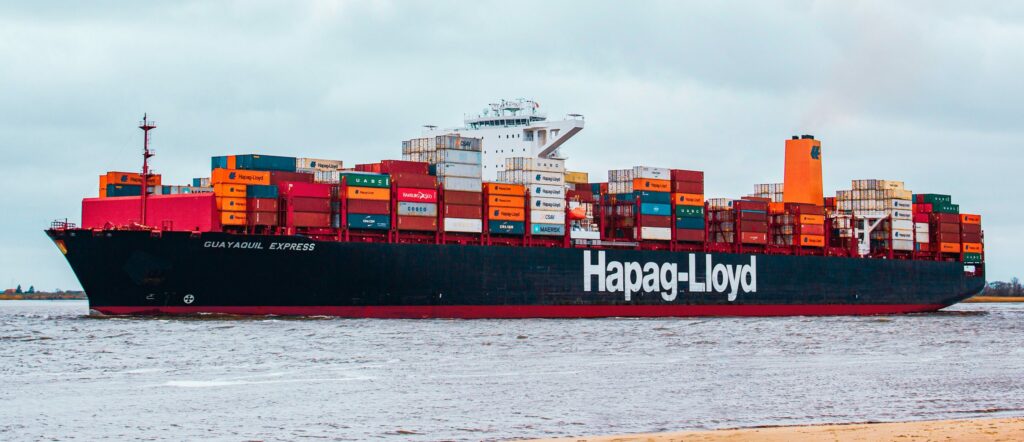
Evergreen Marine Corporation Ltd
On the other hand, another one of the leaders of the industry – Taiwanese carrier Evergreen – reports an increase in earnings more than one and a half times. Market Screener analysts report this.
Thus, according to the results of the first half of 2024, the company reported revenues of $3.3 billion, compared to $2.1 billion a year ago. The main reason for this growth (+57%) is the persistence of high freight rates, especially on routes between Asia and the USA. This is caused by the high demand for sea transportation, the recovery of cargo flows after the pandemic. At the same time, the instability in the Red Sea and the lack of containers on the market contributed to the increase in the cost of transportation.
Net income was $0.9 billion, compared to nearly $0.2 billion last year. This indicator increased by more than four times. This is due to cost optimization, increased operational efficiency and a successful fleet management strategy. Evergreen focused on improving profitability by reducing fuel and maintenance costs, which also contributed to an increase in net income.
Basic earnings per share (EPS) rose from $0.08 a year ago to $0.43 as of June 2024. This makes Evergreen shares more attractive to investors. The corresponding growth reflects both the increase in profit and the increase in the value of the company’s shares on the stock market.
Sales for the first six months of 2024 totaled $6.1 billion, up from $4.2 billion last year. Net income was $1.5 billion, up from $0.3 billion last year (an impressive 500% increase).
Given market trends and the company’s strategy, Evergreen can be expected to continue to build earnings in the second half of 2024, especially against the backdrop of potential freight rate increases.
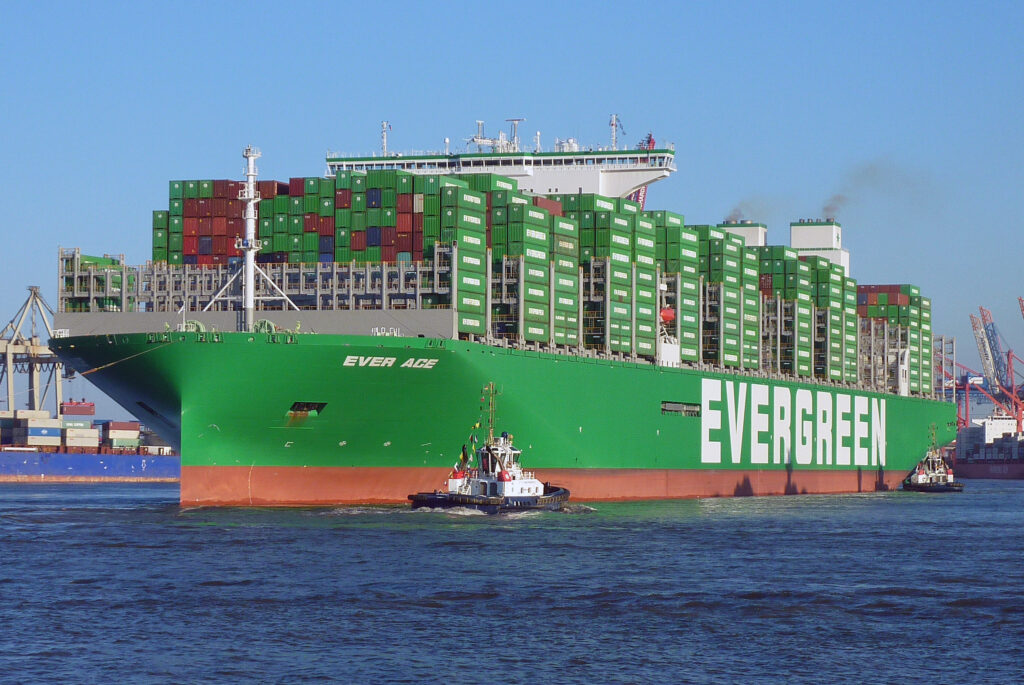
ZIM Integrated Shipping Services Ltd
The financial and operational results of the Israeli logistics company ZIM also increased in the first half of the year, despite the escalation of the Arab-Israeli conflict.
For the period from January to June 2024, the company’s total revenue was $3.49 billion. In the same period last year, this figure was 2.68 billion dollars.
Thus, during the six months, ZIM transported 1,799,000 TEUs, compared to 1,629,000 TEUs in the first half of 2023. The average freight rate per container was $1.57 (last year: $1.29). At the same time, the volume of transportation in the second quarter of 2024 increased by a significant 11% compared to last year.
Operating profit (EBIT) for the first half of 2024 reached $635 million. For comparison, for the first half of 2023, the company suffered operating losses of $182 million. The increase in the EBIT indicator for the first half of 2024 is mostly due to the aforementioned growth in the company’s revenues.
ZIM’s net income for the first half of 2024 was $465 million, compared with a net loss of $271 million in the same period last year. Such indicators were achieved because the company relied on a new “differentiated strategy”. Specifically, ZIM declared a dividend of $112 million — or $0.93 per share. This represents 30% of net profit for the second quarter of the current year. Dividends are planned to be paid to the owners of the company’s shares on September 5, 2024.
Adjusted EBITDA margin and 1H 2024 margin were 34% and 19%, respectively. For comparison, according to the results of the first half of 2023, these indicators were 24% and -6%, respectively.
Net cash provided by operating activities reached $1.103 billion this year. In six months of 2023, their volume was half as much — 520 million dollars.
ZIM’s total cash position (which includes cash and cash equivalents, as well as investments and deposits) decreased by $351 million. If as of December 31, 2023, this indicator reached $2.69 billion, then as of June 30, 2024, it amounted to $2.34 billion.
After recovering from last year’s financial crisis, ZIM has raised its 2024 guidance and now expects adjusted EBITDA of $2.6 billion to $3.0 billion. Adjusted EBIT is estimated at $1.45 to $1.85 billion.
“During the second quarter of 2024, we benefited from increased presence in the trans-Pacific spot market. This allowed us to capture the potential for rate hikes. We expect our results in the second half of 2024 to be better than in the first half of the year, thanks to continued supply pressures from the Red Sea crisis and current favorable demand trends,” summarized ZIM President and CEO Eli Glickman.
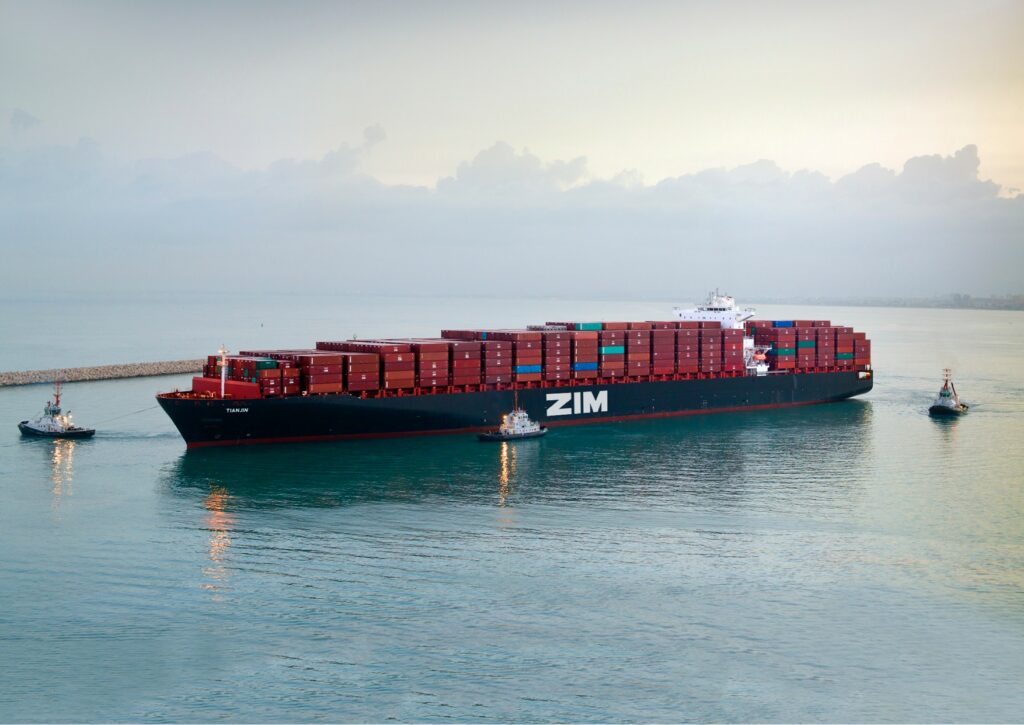
USM recently reported that Dubai port operator DP World’s first half profit fell 59%. The reason for this was the Houthi attacks in the Red Sea and tensions in the Middle East.
